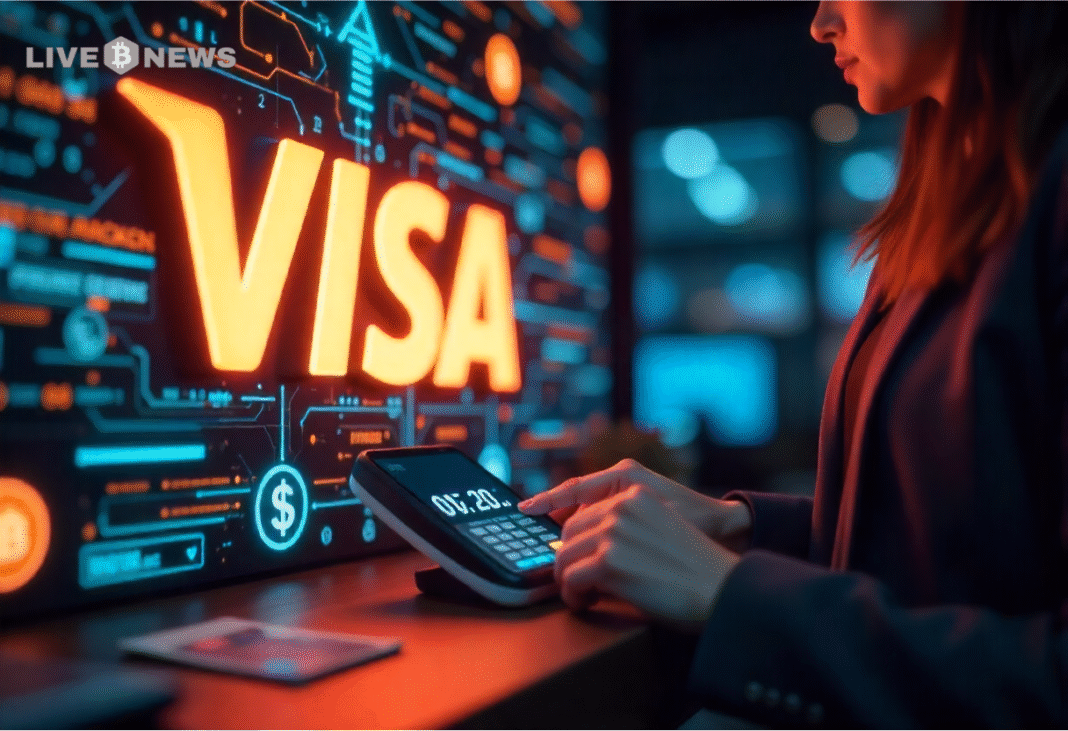China’s Chip Export Ban Ripples Through Europe’s Auto Industry
TLDRs;
- China’s export ban on Nexperia’s chips disrupts Europe’s automotive supply chain.
- Volkswagen says it has secured short-term supply but warns of ongoing risks.
- Porsche reports €1B operating loss amid falling China sales and chip shortages.
- Substitution delays and rising costs compound Europe’s automotive sector challenges.
Europe’s auto sector is feeling the heat once again as China’s export ban on finished semiconductor products sends ripples across the industry. The move, targeting Nexperia, a Dutch-based semiconductor firm owned by China’s Wingtech, has disrupted supply lines for critical automotive chips used by Volkswagen, Audi, and Porsche.
Volkswagen Group CEO Oliver Blume confirmed that the automaker has “secured enough chips for now,” but warned that the company is closely monitoring developments. The restrictions, imposed after the Netherlands seized control of Nexperia citing national security concerns, threaten to tighten chip availability at a time when carmakers are still recovering from the pandemic-era shortages.
Blume, who also heads Porsche, described the situation as part of a “massive crisis,” as the company faces dual challenges: falling sales in China and mounting U.S. tariffs on European vehicles.
Porsche’s Losses Deepen Amid Crisis
The semiconductor crunch adds to Porsche’s financial woes. The luxury automaker posted a €1 billion (US$1.2 billion) operating loss in the third quarter, driven by slumping demand in China and rising component costs.
Earlier this month, Porsche announced that Blume would step down as CEO in 2026, with former McLaren Automotive chief Michael Leiters slated to take over. The leadership change signals a broader strategic rethink as Porsche navigates volatile global markets, electrification challenges, and now, a semiconductor supply storm.
Meanwhile, the export ban is compounding the broader strain on Europe’s car industry, which is already dealing with U.S. tariffs and China’s export restrictions on rare earth materials, vital for electric vehicle (EV) batteries and components.
How the Ban Disrupts Chip Supply Chains
China’s latest controls target “finished components and sub-assemblies manufactured in China”, effectively cutting off about 70% of Nexperia’s total production destined for global markets. Its Guangdong manufacturing site, spanning 80,000 square meters, is among the affected facilities.
While Nexperia’s plants in Germany and the U.K. remain operational, the loss of Chinese output has extended lead times by 6 to 8 weeks and driven price hikes of 5% to 20% across critical semiconductor categories. The most affected are automotive-qualified discrete components like BAT54S and BAT46WJ diodes, which are essential for power management and safety systems in modern vehicles.
Industry insiders note that substituting these parts is complex due to AEC-Q101 certification standards, a rigorous reliability qualification for automotive components. This slows down alternative sourcing and limits automakers’ flexibility.
Europe Seeks Alternatives, But Costs Climb
To mitigate the impact, distributors and Tier 1 suppliers are rushing to secure cross-compatible parts from alternative manufacturers such as Onsemi, STMicroelectronics, Diodes Incorporated, Vishay, and Infineon. However, these replacements often come at a premium and require requalification before integration into production lines.
Some European automakers are stockpiling semiconductor inventories to hedge against early 2026 shortages, as industry analysts warn of further instability if trade tensions escalate. Nexperia’s cross-reference tool, designed to help clients find equivalent chips, can process up to 50 part matches simultaneously, but it can’t compensate for sudden global scarcity or rising urgency premiums.
With lead times stretching and costs climbing, Europe’s auto industry faces another round of production slowdowns and profit margin compression. The semiconductor bottleneck underscores the continent’s vulnerability in chip supply, a dependency that Europe’s ongoing “Chips Act” aims to fix by localizing more semiconductor production.
The post China’s Chip Export Ban Ripples Through Europe’s Auto Industry appeared first on CoinCentral.
You May Also Like

Best Crypto to Buy as Saylor & Crypto Execs Meet in US Treasury Council

Stablecoin News: Visa CEO Confirms Plans to Add Four New Stablecoins
